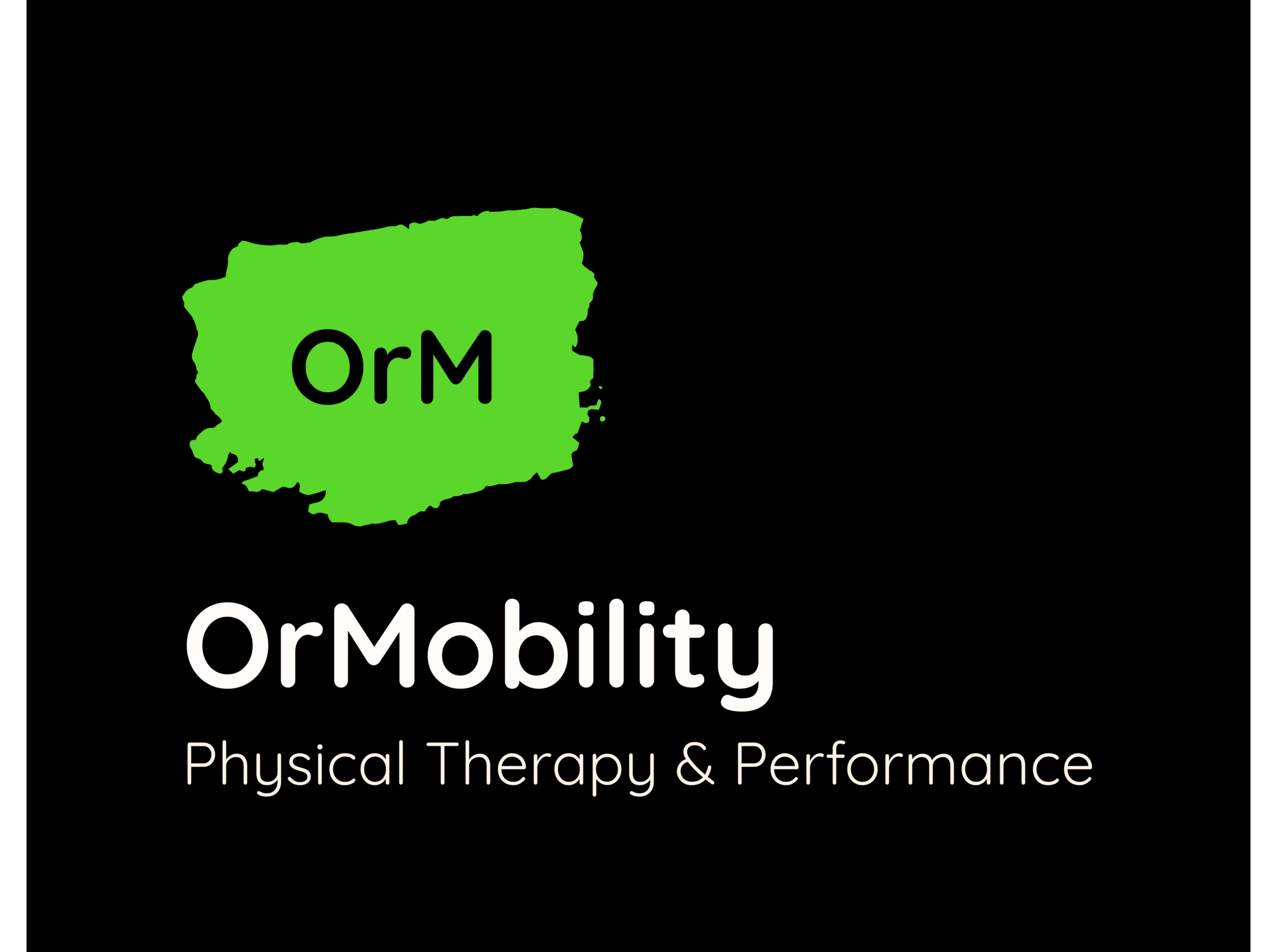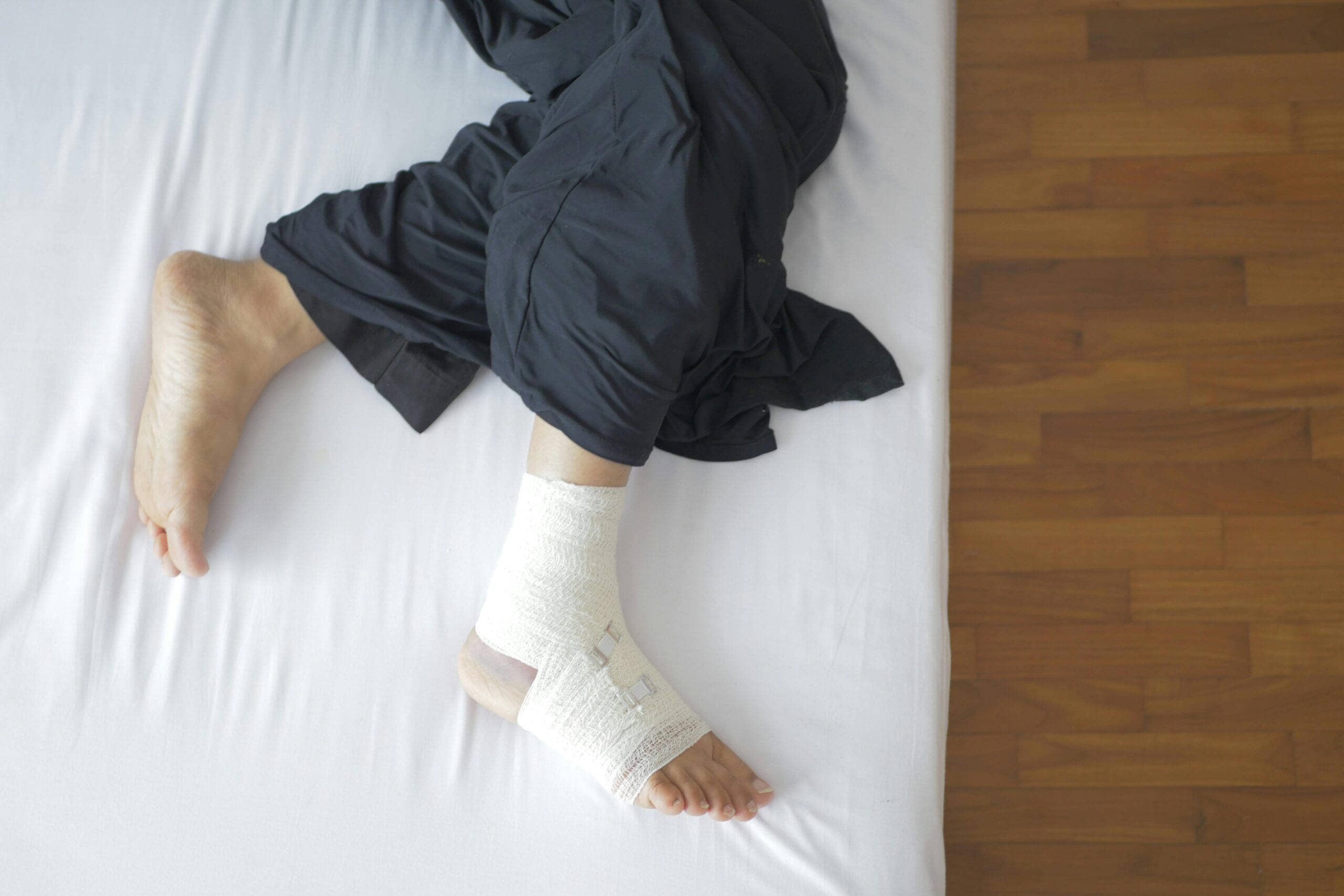Dealing with persistent heel pain that worsens when walking or running? You may be experiencing symptoms of Achilles tendonitis, a common overuse injury that affects the largest tendon in your body. This guide explains how physical therapy for Achilles tendonitis helps you regain mobility, reduce pain, and prevent long-term tendon damage without invasive procedures.
Understanding Achilles Tendonitis (Tendinopathy)
Achilles tendonitis is a common condition that can cause pain when standing, walking, or running. Left untreated, it can lead to chronic Achilles tendinopathy, or in more severe cases, partial tears or Achilles tendon rupture. Understanding the difference between types of tendonitis, its causes, and associated symptoms is the first step in creating an effective treatment plan.
What is Achilles tendonitis vs tendinopathy?
The Achilles tendon, often referred to as the triceps surae tendon complex, is the largest and most powerful tendon in the body. It connects the gastrocnemius and soleus muscles to the heel bone, playing a critical role in walking, running, and jumping. Due to the high forces it absorbs, it’s particularly vulnerable to overuse and strain.
Achilles tendonitis refers to the inflammation of the tendon, usually from repetitive trauma or overuse. It can present as either insertional tendonitis (pain where the tendon meets the heel) or noninsertional Achilles tendinitis (pain in the mid-portion of the tendon). When the condition becomes chronic or degenerative, it’s referred to as Achilles tendinopathy or Achilles tendinosis, which involves microtears and weakening of the tendon structure.
Common symptoms & risk factors (mid‑portion vs insertional pain)
Symptoms include swelling around your Achilles tendon, pain triggers during activity, and a stiff, tender feeling in the calf or heel. You might also feel a popping sound or experience pain where the tendon meets the heel. Risk factors include tight calf muscles, poor footwear choices, muscle weakness, and overstretching during intense workouts or running.
How overuse, biomechanics, and footwear contribute to tendon pain
Overuse injuries from running or jumping place repeated stress on the tendon. Poor footwear, uneven exercise surfaces, and improper joint movement can lead to poor load distribution and contribute to tendon degeneration. A footwear assessment and movement assessment with a physical therapist can uncover these risk factors early, forming the basis for a personalized achilles tendonitis treatment plan.
Conservative Achilles Tendon Pain Treatment Options
Many cases of Achilles tendon pain respond well to conservative care when addressed early. These treatments are designed to reduce pain and inflammation while preparing the tendon for more active rehabilitation.
Rest, ice, NSAIDs: when and why they’re used
The RICE method means rest, ice, compression, and elevation; it is typically used in the initial phase to reduce swelling and discomfort. Pain medication and NSAIDs help control inflammation. However, over-reliance on rest or medication may delay healing; they are best used in combination with physical therapy for Achilles tendonitis to promote long-term recovery.
Orthotics, heel lifts & biomechanics correction
Custom orthotics and heel lifts can help offload tension on the tendon, especially in insertional Achilles tendinitis. Correcting biomechanics such as gait abnormalities and muscle imbalances also reduces stress during movement. Physical therapists may also use braces to temporarily support the foot and ankle during this period.
Modalities: ultrasound, iontophoresis, soft tissue mobilization
Therapists may use therapeutic ultrasound, iontophoresis, or shockwave therapy to stimulate healing at the cellular level. Manual therapies like massage, pressure massage, and brisement (deep tissue stretching techniques) improve circulation and reduce adhesions. These techniques are especially useful before beginning Achilles tendonitis exercises or manual therapy focused on improving tissue extensibility.
Exercise-Based Physical Therapy for Achilles Tendinopathy
Exercise is the cornerstone of most effective Achilles tendonitis treatment plans. A structured exercise program targets muscle imbalances, strengthens supporting tissues, and restores normal tendon loading patterns.
Eccentric training (Alfredson protocol simplified)
One of the most proven strategies is eccentric training, which focuses on slow, controlled lowering movements. Eccentric exercises such as gastrocnemius heel raises or soleus heel raises on a step are typically prescribed using protocols like Alfredson’s. These movements improve the loading of the tendon and stimulate repair in damaged tissue.
Progressive loading phase: concentric, isometric, plyometric exercises
As pain decreases, progressive resistance is introduced using heavy resistance exercises like seated calf raise, standing heel raises, and leg press heel raise. Isometric holds help build early strength without irritating the tendon. Advanced stages may include plyometrics, functional training, and running reeducation, depending on goals and athletic demands.
Isometric holds for acute pain control and timing of progression
Isometrics are particularly effective for reducing acute pain in the early stages. Your therapist might recommend resistive band holds or mid-range isometric contractions targeting the gastrocnemius and soleus muscles. Progression depends on pain feedback, physical therapist evaluation, and overall recovery time.
A Phased, Coach-Guided Recovery Protocol
Healing is most successful when guided by professionals who understand how to safely reintroduce load over time. A phased program ensures tendon health improves without reinjury or regression.
Phase 1 (Weeks 1–2): gentle ROM, seated heel raises, pain monitoring
Initial goals include restoring range of motion, reducing inflammation, and managing symptoms. Patients begin seated heel raises, light stretching, and home exercises like calf stretches and flexibility stretches. Therapists monitor pain responses and adjust the volume of exercises accordingly.
Phase 2 (Weeks 2–5): stair-based and eccentric heel raises, plus rebound reps
Now the focus is eccentric strength techniques and stair-assisted movement patterns. Using a heel raise machine or body weight, patients begin rebound reps and lower-extremity resistance programs targeting the calves and ankles. Recovery is enhanced through manual therapy and self-stretching techniques.
Phase 3 & beyond (Weeks 3–12+): weighted heel raises, plyometric progressions, return‑to‑activity
In this final phase, the goal is full return to sport or daily activity. Patients perform heavy slow resistance work and strength-building movements with weights. Therapists also focus on restoring lower-extremity mobility and ensure a pain-free return to dynamic movements like jumping or sprinting, often as part of physical therapy for runners or preventing and healing sports injury with physical therapy.
Why Physical Therapy Plus Coaching Is Most Effective
A dual approach combining physical therapy with functional coaching yields better results. Addressing the mechanics of movement alongside tissue healing provides long-term relief and reduces the risk of reinjury.
Customized programming that adapts to pain, recovery, and feedback
No two injuries heal the same way. With one-on-one coaching, patients receive modifications in real time, adapting intensity, load, and exercise routine based on their healing stage. This dynamic planning is especially critical in treating Achilles tendon pain without triggering flare-ups or overtraining.
Recent findings emphasize the importance of monitoring Achilles tendon health in individuals over 40 and those involved in high-impact sports like gymnastics. These groups face an increased risk of tendon degeneration, microtears, or delayed recovery. Tailored Achilles tendonitis treatment and early physical therapy intervention can help reduce injury risk and improve outcomes in these populations.
Hands-on manual therapy and soft tissue techniques tailored to individual needs
Hands-on care improves blood flow, breaks down adhesions, and prepares tissue for loading. Techniques like stretching the calf muscles, deep massage, and joint mobilization are applied based on specific tendon findings. In certain cases, referral to an orthopedist or surgery consultation may be required if conservative care fails.
Education on lifestyle, footwear, and behavior change to prevent recurrence
Prevention is just as important as treatment. Patients are educated on exercise surface awareness, appropriate footwear, and aftercare strategies to support the tendon long term. If you’re in the region, we recommend starting with Physical therapy in Roseburg for sports injuries for a personalized treatment experience.
Conclusion
Whether you’re recovering from a sports injury, managing chronic heel pain, or aiming to return to running, physical therapy for Achilles tendonitis offers a comprehensive, science-backed approach. From hands-on care to structured Achilles tendonitis exercises, each component plays a role in healing and preventing recurrence. Get expert help today and take the next step toward lasting relief.
FAQs
How long until I can expect pain improvement? (6 weeks to 6 months)
Most patients report noticeable pain relief within 6 to 8 weeks. Full recovery can take 3 to 6 months depending on tendon damage, physical therapy duration, and consistency with home exercises.
Can heel raises cause more harm if done too soon or too often?
Yes, especially if performed without proper load progression. Overuse of standing heel raises or gastrocnemius heel raises in early rehab may worsen symptoms. Always follow a program guided by a licensed provider.
Is eccentric training safe for insertional tendonopathy? Modifications needed?
Eccentric training is generally safe but must be modified for insertional Achilles tendinitis. Avoid deep drops and overloading the heel where the tendon inserts. Adjusted protocols using safe controlled movements can still promote healing.


